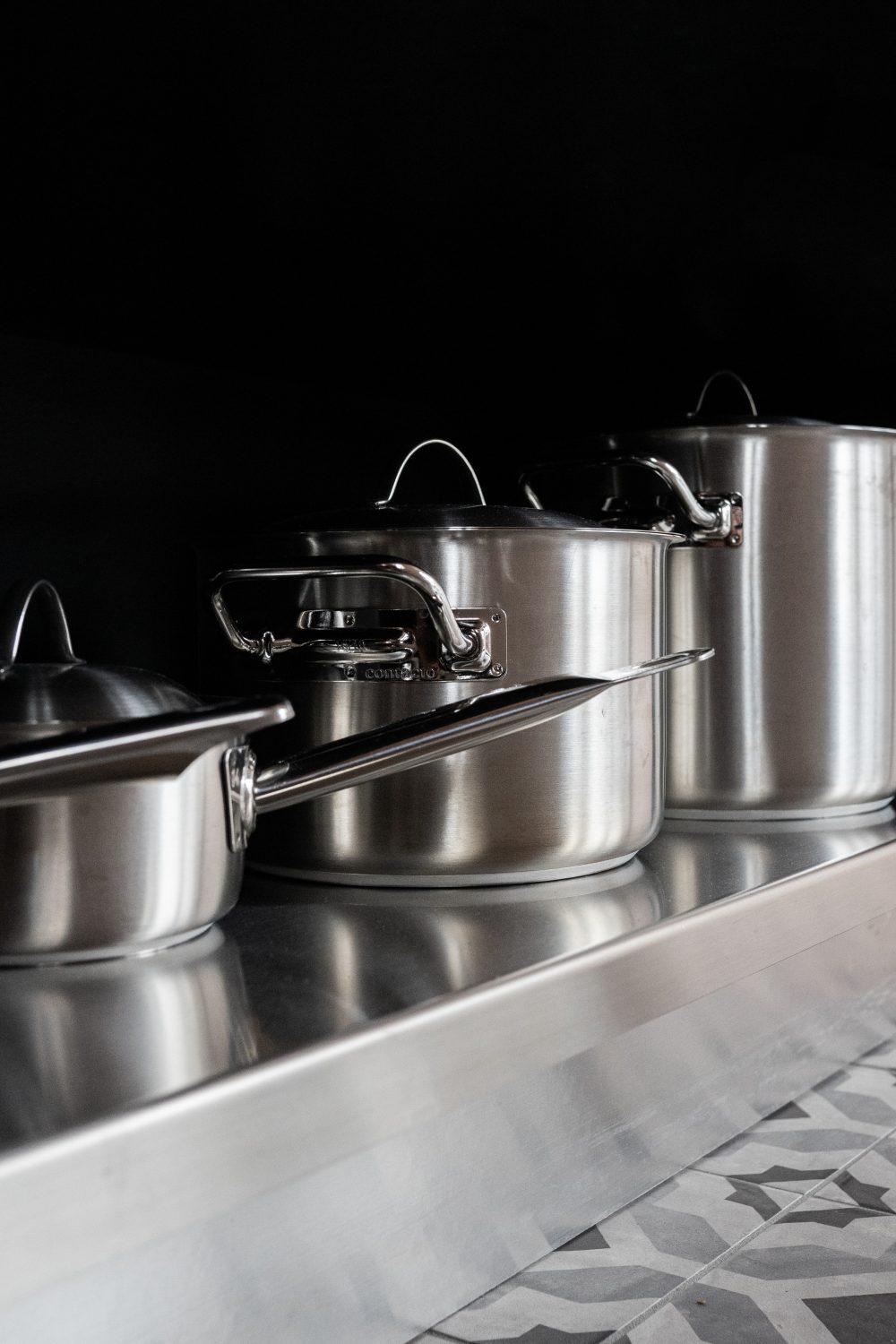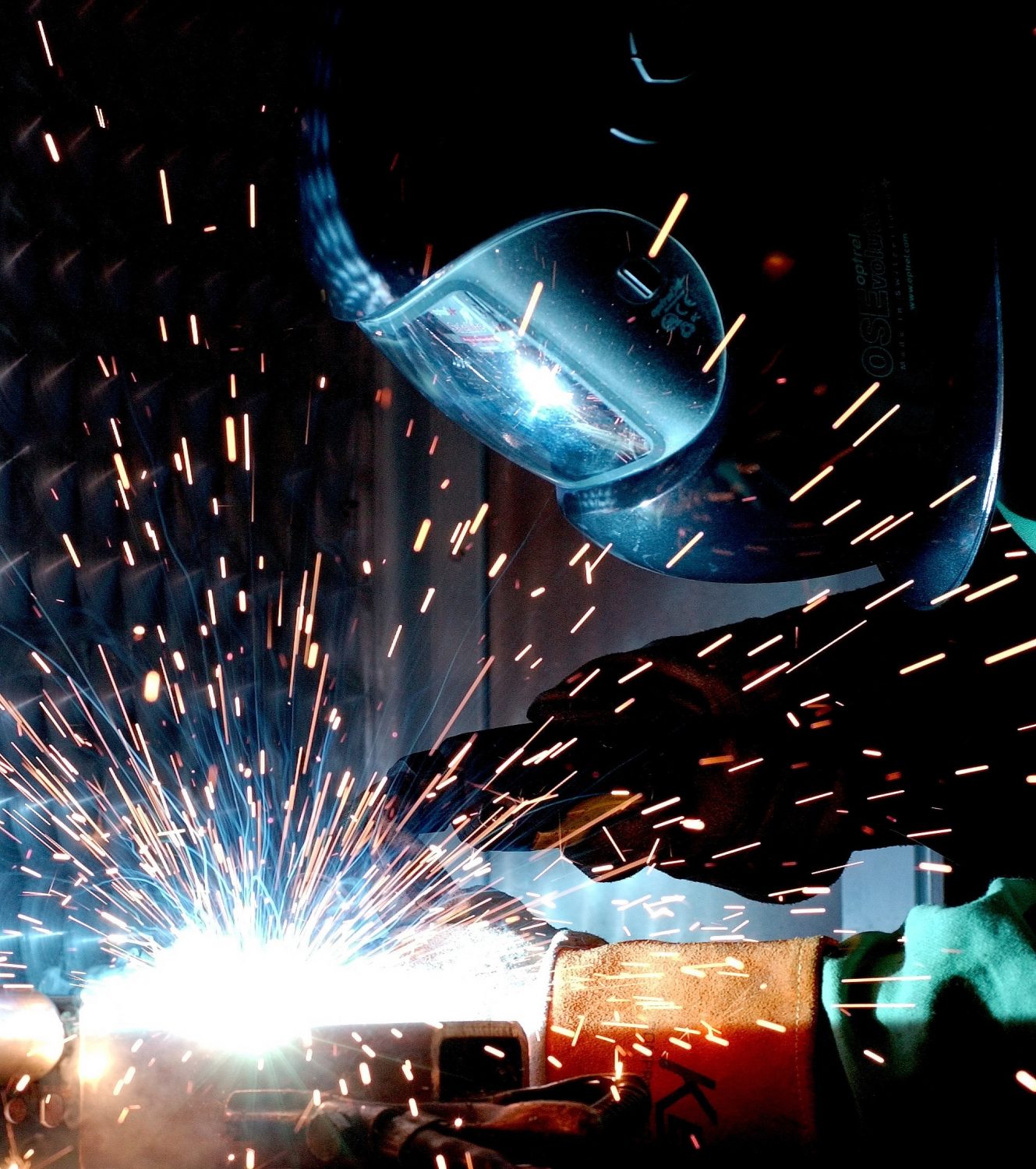What Is Stainless Steel?
Stainless steel is an alloy of several different types of metal that, when combined, are more resistant to corrosion than any of the metals used individually. This makes it an ideal choice for a wide range of applications, from cladding to commercial kitchens.
Stainless steel is an alloy of iron with a minimum of 10.5% chromium. This forms a thin passive layer on the surface which protects the metal from corrosion and oxidation. It is this passive layer that gives stainless steel its name, as it is truly resistant to staining and corrosion.
There are a number of grades of stainless steel, each with different properties, but all with the common denominator of high resistance to rusting and staining. This makes stainless steel an ideal choice for a wide range of applications where hygiene is paramount, such as in the food and beverage industry, healthcare or pharmaceuticals. It is also often used in more corrosive environments such as marine engineering or chemical processing.
As well as being highly resistant to corrosion, stainless steel has a number of other advantages which make it an ideal choice for many applications. It is a very strong metal, making it perfect for fabricating into products which need to withstand high levels of wear and tear. It is also very easy to clean, as it is non-porous, meaning that bacteria and dirt cannot penetrate the surface.
Let’s take a look at some of the benefits of stainless steel:
Strong and Durable
Stainless steel is a very strong metal, making it ideal for fabricating products which need to withstand high levels of wear and tear. It is also very difficult to break or bend, making it perfect for products which need to be strong and durable.
Long Lifespan
Stainless steel is a very long-lasting material, meaning that products made from it will have a long lifespan. This makes it perfect for items which need to be used on a daily basis, such as cutlery or sinks.
Corrosion Resistance
One of the most important benefits of stainless steel is its resistance to corrosion. This makes it an ideal material for use in many different environments, including outdoor and marine applications.
The chromium in the stainless steel reacts with oxygen in the air to form a thin layer of chromium oxide on the surface of the metal. This layer protects the metal from further oxidation and corrosion.
Ease of Maintenance
Another benefit of stainless steel is that it is very easy to keep clean and maintain. This is due to its resistance to corrosion and ability to be cleaned easily.
Stainless steel can be cleaned with a variety of different methods, including using detergents, soap, and water. It is also possible to use specialised cleaning products which are designed for use on stainless steel.
Hygienic Properties
The hygienic properties of stainless steel make it an ideal material for use in many different applications, such as commercial kitchens and hospitals.
This is because stainless steel is non-porous and does not absorb liquids or dirt. This means that it is very easy to clean and disinfect, making it ideal for use in environments where hygiene is of paramount importance.
Applications
The many benefits of stainless steel make it an ideal material for use in a wide range of applications. These include:
- Cladding – Stainless steel cladding is often used on buildings to provide a modern and stylish finish. It is also very easy to clean and maintain, making it an ideal choice for use in commercial and public buildings.
- Fabrication – Stainless steel is often used in the fabrication of products which need to be strong and durable. It is also very easy to work with, making it ideal for use in a wide range of applications.
- Food and Beverage Industry – The food and beverage industry often uses stainless steel due to its resistance to corrosion and easy maintenance.
- Marine – Stainless steel is often used in marine applications due to its resistance to corrosion.
- Kitchens – Stainless steel is often used in the fabrication of commercial kitchens due to its resistance to corrosion and ability to be easily cleaned.
- Hospitals – The hygienic properties of stainless steel make it an ideal choice for use in hospitals and other healthcare environments.
About Us
FEM Fabrication is a leading provider of high-quality stainless steel fabrication services. We specialise in the manufacture, installation, and maintenance of a wide range of stainless steel products.
If you would like to find out more about our services, please do not hesitate to get in touch. We would be more than happy to discuss your requirements with you and provide you with a free quotation.

